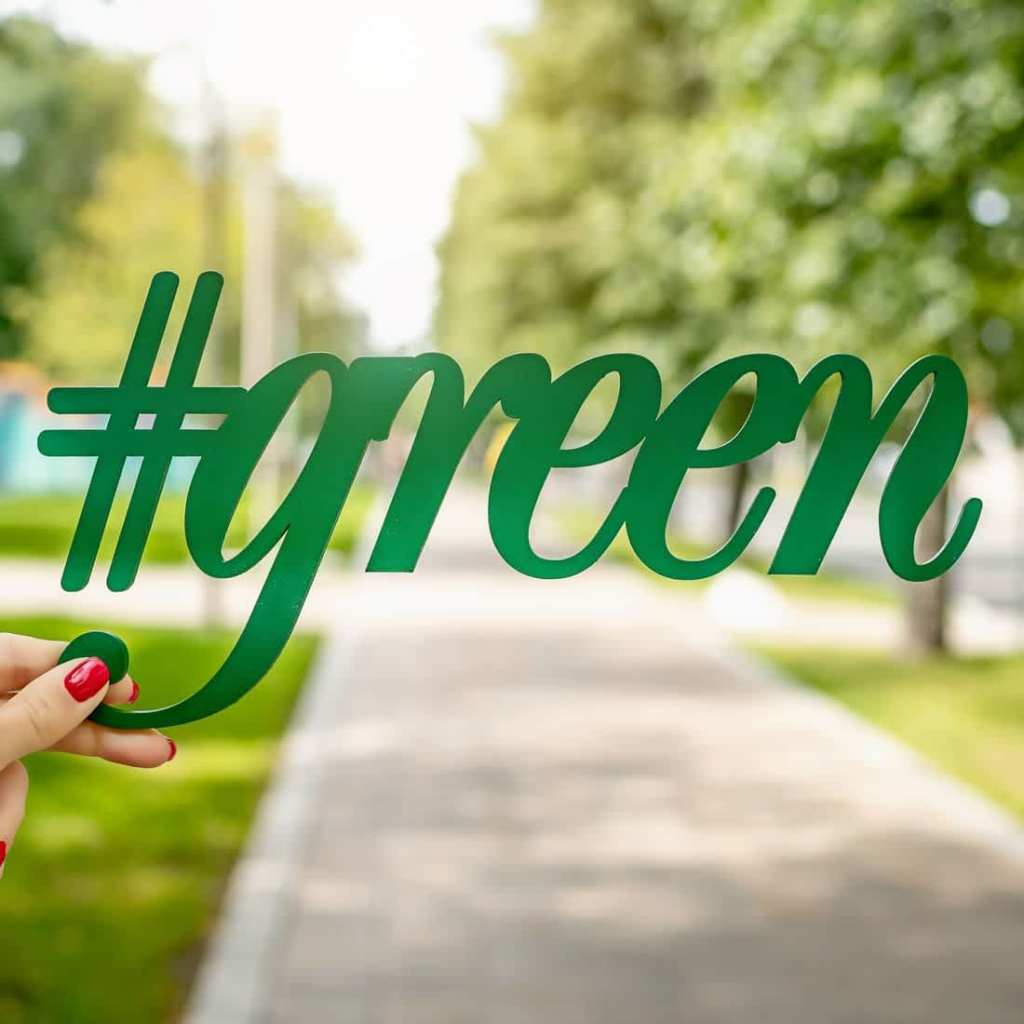While it’s great to recycle as much as possible, you may be surprised to find out that some of the items you’ve been throwing into your recycling bin don’t actually belong there. While many people recycle items to try and cut back on waste or even make money, putting nonrecyclable items with recyclable items contaminates the process. And a lot of items that are widely presumed to be recyclable actually aren’t (pizza boxes, we’re looking at you), so it can get confusing at times. If you want to recycle more efficiently and easily, keep reading for 17 things you may have been recycling for years that you actually shouldn’t be (and spread the word).
Related: 11 Things You Can Do Right Now to Help Prevent Ocean Pollution
Pexels / Creative Vix
Greasy Pizza Boxes
Although pizza boxes are made from corrugated cardboard, which is recyclable, grease-soaked boxes with leftover food debris are not, as the paper fibers can’t be separated from the food’s oils during the pulping process.
Pexels / Artem Beliaikin
Coat Hangers
Metal-wire hangers often get caught on recycling equipment, resulting in massive damage to the recycling system. Plastic and wood hangers are simply not recyclable.
Unsplash / Nick Dietrich
Power Cords
Most power cords are made from recyclable copper or aluminum. However, because the metal is surrounded by a nonrecyclable insulating layer of plastic or rubber, most recycling companies won’t accept power cords.
Unsplash / Claudio Schwarz
Pexels / Pixabay
Ceramic Dishes
The melting point of ceramics is higher than that of conventional glass, which is why most recycling facilities turn ceramics away.
Pexels / La Miko
Bubble Wrap
Bubble wrap is made of film, which is rarely accepted for curbside recycling since that type of plastic often gets wrapped up around other recyclables and stuck within machinery at facilities.
Unsplash / Andrew Pons
Brightly Dyed Paper
Any type of paper that’s heavily dyed typically is heat-treated, which contaminates the paper and makes it nonrecyclable.
Pexels / Krizjohn Rosales
Plastic Bottle Caps
Plastic bottle caps and plastic bottles aren’t made from the same material. Caps are made of a different, nonrecyclable type of plastic, so they can’t be recycled with bottles.
Pexels / Skitterphoto
Plastic Straws
Plastic straws are not only too small and thin but they bend too easily to be recycled. If they were to be recycled, they would constantly fall into the cracks of recycling machinery.
Unsplash / Caleb Lucas
Styrofoam Containers
Because styrofoam is so bulky from being made up of mostly air, it’s not cost-effective to store or ship it. It’s also often contaminated with leftover food particles.
Pexels / Pixabay
Plastic Utensils
Plastic cutlery can take up to 1,000 years to decompose.
Unsplash / David Edelstein
Tires
Most recycling facilities won’t accept tires as they take up too much space. In addition, they can become hazardous if they trap methane gases.
Unsplash / Ryan Quintal
Snack Bags
Most snack bags are made of mixed materials, including polypropylene, which is nonrecyclable. Facilities often find it too difficult to separate the various plastic types.
Pexels / Gratisography
Garden Hoses
Because garden hoses are so long and hard to control, they often get tangled in sorting machinery, causing damage to the equipment and endangering workers.
Unsplash / Vanessa Bucceri
Toys
Because most toys are made of layers of different materials, they are difficult to recycle.

